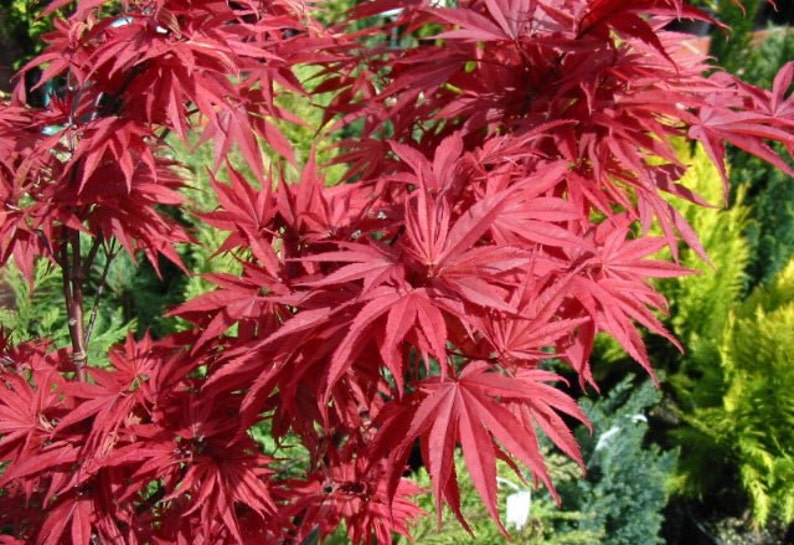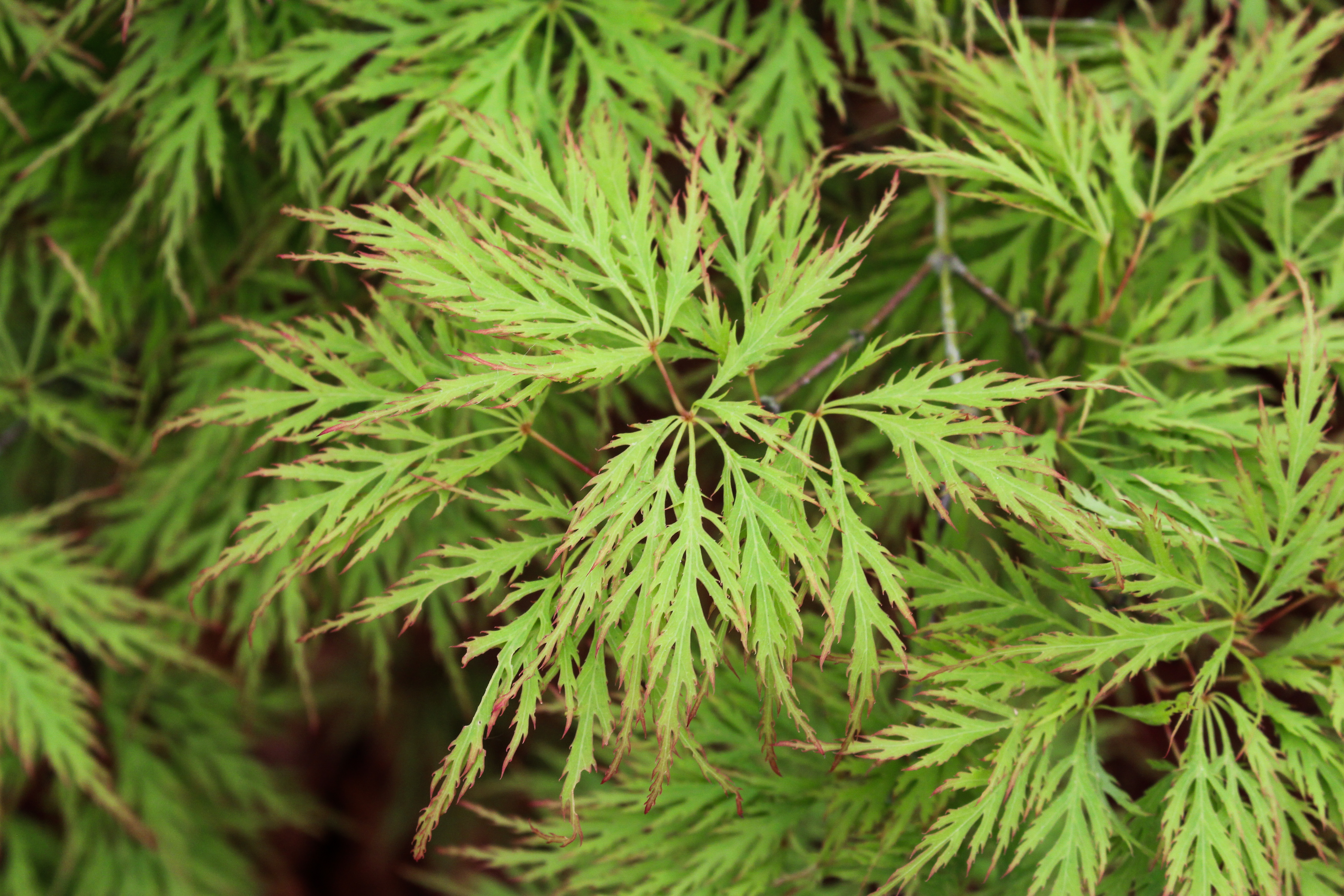

Proper location choice, watering, and fertilization are the keys to your success. The best way to prevent disease and pests is by providing the appropriate care for your plants. Japanese Maples don't generally require pruning, but, if needed, prune when they are dormant to remove any dead, dying, or crowded branches, or to maintain shape. Choose a slow-release, balanced fertilizer like the one we carry. Dwarf Japanese maples grow well in containers.

Typically, dwarf Japanese maple trees grow between 4 and 8 ft.

Dwarf ornamental Japanese maples can be naturally short trees or slow-growing specimens that take years to reach their mature height. Fertilizingįertilize in early spring and when planting to give your tree a boost. Dwarf Japanese maple trees are ideal for small-scale landscaping or growing in containers. Either condition can harm a Japanese Maple. Do not allow the the soil to dry completely or be overly saturated. Japanese Maples should be watered often enough to keep the soil moist. Do not allow the mulch to touch the trunk as this increases the chances of pests and disease. Beni-Maiko is a rare and award winning dwarf Japanese Maple which produces scarlet-red leaves in early spring, which age to a dazzling pink with lime green. Mulching will keep the roots moist and protect them from extreme temperatures in winter. However, Japanese Maples will adapt to a variety of soils. Japanese Maples prefer soil that is well-drained, but moist, neutral to slightly acidic, and nutrient rich.
Dwarf japanese maple full#
PlantingĮmperor Maples tolerate full sun to part shade. However, if you avoid freezing and hot temperatures you can plant your Maple almost any time of the year. Spring and Fall are ideal times to plant. When planting your Emperor One Maple be sure you have the right location and conditions for your new tree to thrive. These hardy Japanese maples sell out fast! Order yours today! These Japanese Maples can grow in zones 5-9. The Emperor One is heat tolerant and rarely encounters issues with sun scorch even in full sun.Įmperor Japanese Maples thrive in partial shade to full sun and adapt to various, moist soils. Emerging from dormancy a couple of weeks later actually gives this Japanese maple a jump start over other varieties. This variety boasts excellent color retention under a variety of conditions.Įmperor Maples are ideal for cooler regions where delicate, new leaves are often killed or damaged by late spring frost. Cool temperatures enliven the leaves of the Emperor One Japanese Maple transforming them into a vibrant, fiery red. The attractive leaves are a deep shade of burgundy-plum in the spring and summer. This extraordinarily stunning tree adds interest, distinction, and property value to your home! This dwarf shade tree, also known as the Red Emperor, offers 3 seasons of rich red to purple color. For specific advice on your growing environment, talk to one of our specialists at a Ko’olau Farmers near you.Emperor One is an improved variety of upright Japanese Maple that is similar to the classic Bloodgood. *These Growing Tips are general in nature. The Dwarf Japanese Maple ‘Joji’ Tree makes an excellent addition to your home’s landscape and also does well in pots.


 0 kommentar(er)
0 kommentar(er)
